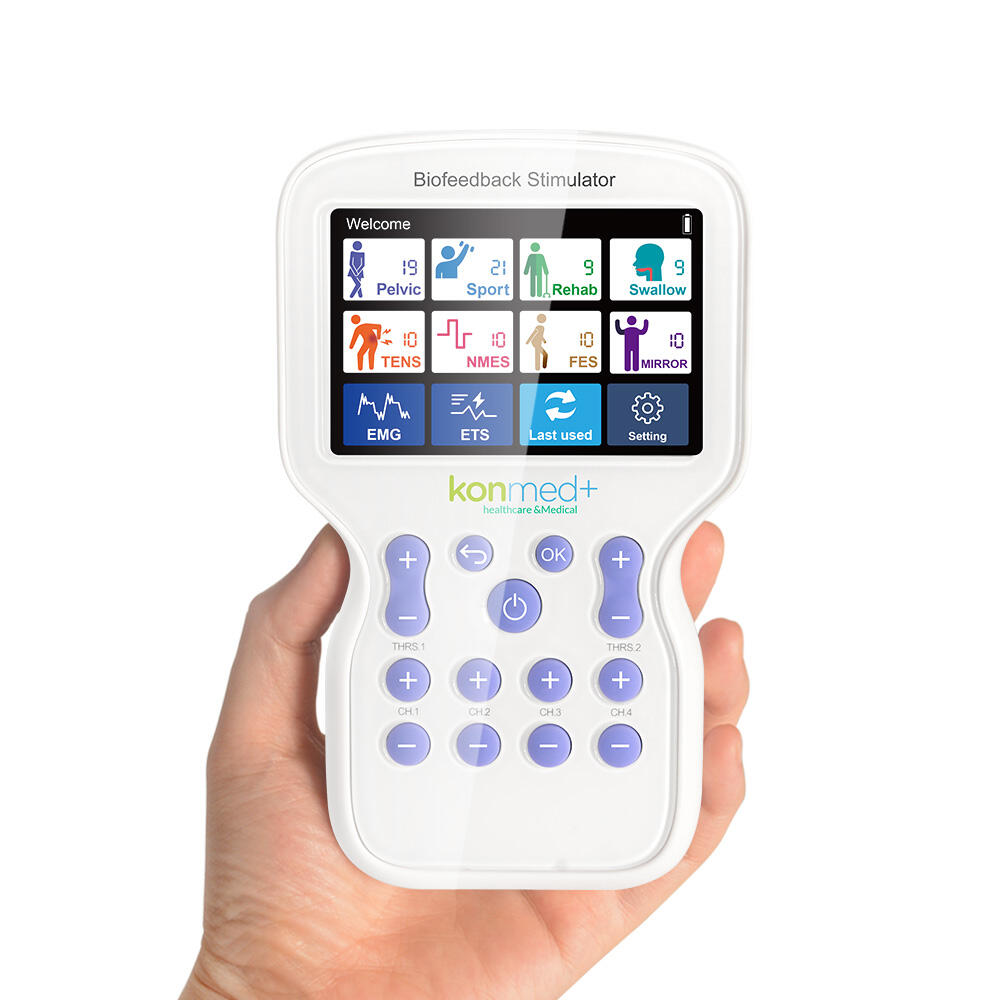biofeedback in psychology
Biofeedback in psychology represents a groundbreaking therapeutic approach that enables individuals to gain conscious control over typically involuntary bodily processes. This innovative technique utilizes advanced monitoring devices to measure and display various physiological indicators such as heart rate, muscle tension, skin temperature, and brain wave activity in real-time. The primary function of biofeedback is to help individuals recognize and modify their physiological responses to stress, anxiety, and other psychological conditions. Through specialized sensors and sophisticated monitoring equipment, patients receive immediate feedback about their body's responses, displayed on screens or through audio signals. This feedback allows them to develop awareness and ultimately control these functions through focused practice and relaxation techniques. The technology incorporates various monitoring systems, including electromyography (EMG) for muscle tension, thermal biofeedback for skin temperature, electroencephalography (EEG) for brain activity, and heart rate variability (HRV) monitoring. Applications of biofeedback extend across numerous psychological conditions, including anxiety disorders, chronic pain management, attention deficit hyperactivity disorder (ADHD), and stress-related conditions. The method has proven particularly effective in treating migraines, hypertension, and chronic pain conditions by helping patients understand and regulate their physiological responses.
